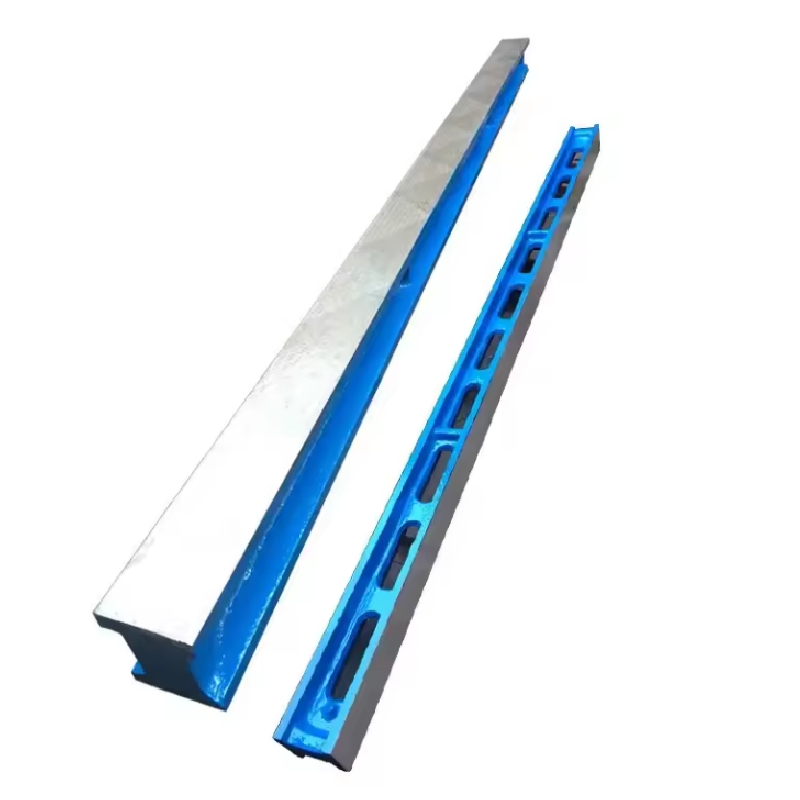ಸೆಪ್ಟೆಂ . 15, 2024 20:40 Back to list
water flow control valve types
Understanding Water Flow Control Valve Types
Water flow control valves play a crucial role in various applications, including irrigation systems, industrial processes, and HVAC systems. They regulate the flow rate and pressure of water within a system, ensuring efficient and effective operation. However, with a variety of types available, choosing the right valve can be challenging. This article will explore the different types of water flow control valves, highlighting their features and applications.
1. Gate Valves Gate valves are often used in on-off applications where full flow is required. They operate by lifting a gate out of the path of the fluid. This design allows for minimal pressure drop and high efficiency. However, gate valves are not suitable for throttling applications as they can cause turbulence and significant wear over time.
2. Globe Valves Unlike gate valves, globe valves are designed for throttling and flow control. They have a spherical body and a movable disc that reduces or enlarges the flow area. Globe valves are ideal for applications where precise flow regulation is required. They do, however, produce a higher pressure drop compared to gate valves.
3. Ball Valves Ball valves provide excellent sealing capabilities and are versatile in their applications. They employ a spherical disc to control flow, allowing for quick shut-off. While they are primarily used for on-off operations, specially designed ball valves can also provide throttling capabilities. Their durable construction makes them suitable for various environments, including high-pressure systems.
4. Butterfly Valves Butterfly valves are favored for their compact design and lightweight nature. They consist of a circular disc that rotates to control flow. These valves can be operated manually or automatically, making them popular in large-diameter applications such as water distribution systems. Their ability to provide quick shut-off and ease of installation are major advantages.
water flow control valve types

5. Check Valves Check valves are essential in preventing backflow in a system. They allow fluid to flow in only one direction, protecting pumps and other equipment from damage. Various designs exist, including swing check valves and lift check valves, each suited for different pressure and flow conditions.
6. Pressure Relief Valves These valves are crucial for maintaining safe operating pressures in a system. They automatically release excess pressure to prevent damage to pipes and equipment. Pressure relief valves are widely used in industries like oil and gas, where maintaining pressure stability is critical.
7. Float Valves Float valves automatically regulate water levels in tanks and reservoirs. They operate using a floating mechanism that opens or closes the valve based on the water level. This type of valve is commonly used in irrigation systems and water supply applications.
8. Solenoid Valves Solenoid valves are electrically operated valves that control fluid flow through electromagnetic coils. They are commonly used in automated systems, offering precise control and quick response times. Solenoid valves are ideal for irrigation systems and other applications requiring remote operation.
When selecting a water flow control valve, it’s essential to consider the application requirements, such as flow rate, pressure, and the nature of the fluid. Each type of valve offers distinct advantages and disadvantages, and understanding these can lead to more efficient system design and operation. In conclusion, a proper understanding of the different water flow control valve types is pivotal for optimizing fluid dynamics in various applications, ensuring reliability and enhancing efficiency in water management systems.
-
Threaded Ring Gauge Tolerance Grades Explained for MachinistsNewsJun.25,2025
-
Spline Gauge Selection Guide for Complex Gear ProfilesNewsJun.25,2025
-
Role of Snap Ring Gages in Aerospace Quality ControlNewsJun.25,2025
-
Mastering Thread Gauge UsageNewsJun.25,2025
-
Future Innovations in Self-Locking Trapezoidal Threads TechnologyNewsJun.25,2025
-
Educational Importance of Pin Gauges in Mechanical Engineering LabsNewsJun.25,2025
Related PRODUCTS









